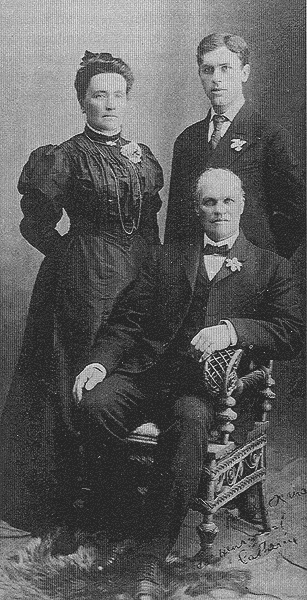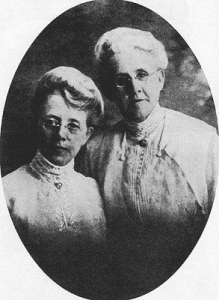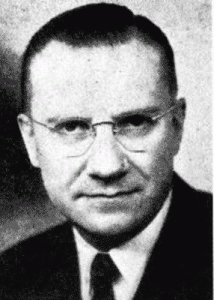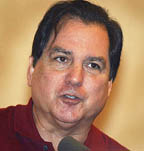Queer Mormons of the 19th Century

by Hugo Salinas
In 1996 D. Michael Quinn published Same-Sex Dynamics Among Nineteenth-Century Americans: A Mormon Example. This book includes the remarkable stories of some 19th-century Mormons who developed intense same-sex friendships or who were homosexuals.
The 19th century did not know the homophobia we witness today. Men or women could embrace, kiss in public, and develop intense friendships without being dubbed homosexuals. In the LDS Church there were cases of men and women who, instead of marrying, preferred to live with a same-sex companion. There have also been cases of homosexuality, not only in the grassroots, but among the general authorities of the Church as well.
Evan Stephens (1854-1930) was the director of the Mormon Tabernacle Choir for many years and the author of many of the Church hymns. Evan never married, but he did develop intense friendships with several young men who lived with him at different times and were also his travel companions. As one of these friends would leave on a mission or get married, Evan would always find another young man to take the place of the one moving out.
The case of Louie B. Felt (1850-1928) and May Anderson (1864-1946) is even more peculiar. Louie was the General President of the Primary. When she was 33 she met May, who had just immigrated from
England and was 19. It was a “love at first sight.” Louie and May became intimate friends and lived together for some 30 years, even sharing the same bedroom. In 1890 Louie called May as the general secretary for the Primary and in 1905 as her first counselor. Louie and May loved each other profoundly and were not afraid to admit their love.
In 1942 Heber J. Grant called Joseph Fielding Smith (1899-1964) as the Church Patriarch. A grandson of President Joseph F. Smith and the nephew of President Joseph Fielding Smith, Patriarch Smith was homosexual. In the 1920s, when Joseph was an instructor at the University of Utah, he had a homosexual relationship with Norval Service, a student. Later he became sexually involved with another Mormon young man. In 1946 the young man made a confession, and President George Albert Smith released Patriarch Smith at once. Even though he was sent to Hawaii “in exile” and banned from holding positions in the LDS Church, he was never excommunicated. In 1957 he was rehabilitated into the Church, being allowed to hold callings and use the priesthood.
D. Michael Quinn has a Ph. D. in history and has been one of the most distinguished professors at Brigham Young University, where he taught till 1988. He has written articles and books and has received awards for his outstanding professional activity. Same-Sex Dynamics is published by University of Illinois Press.



